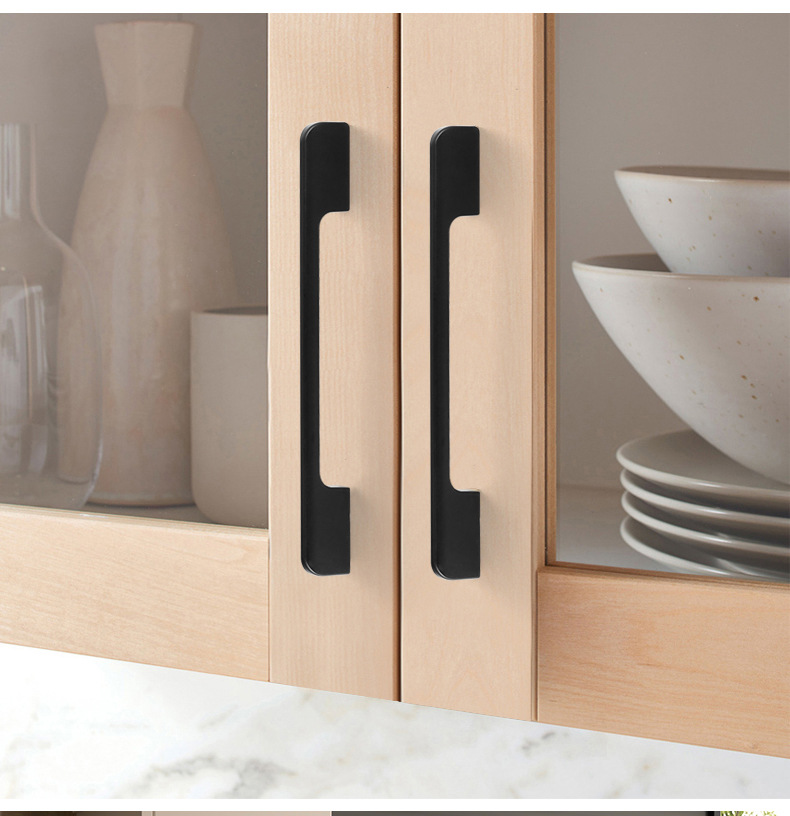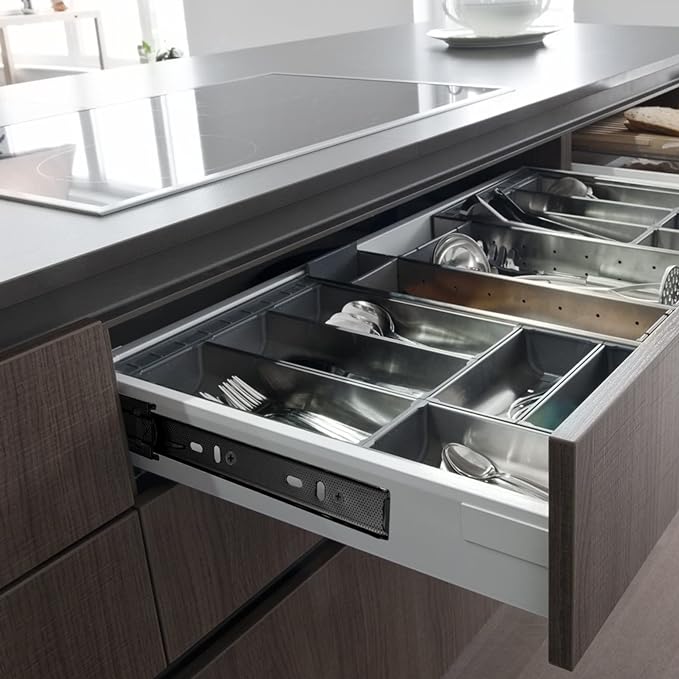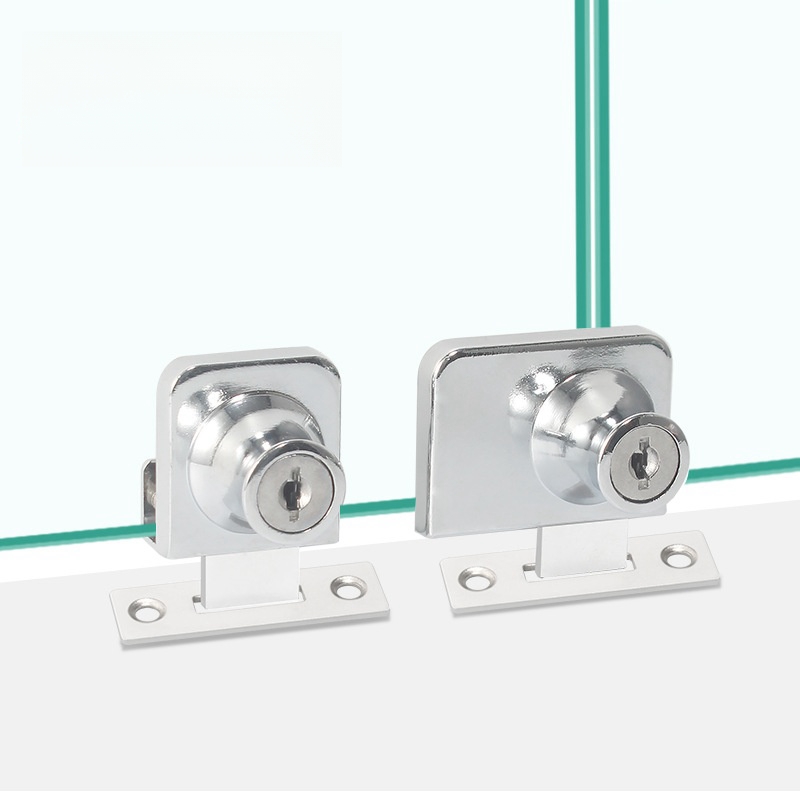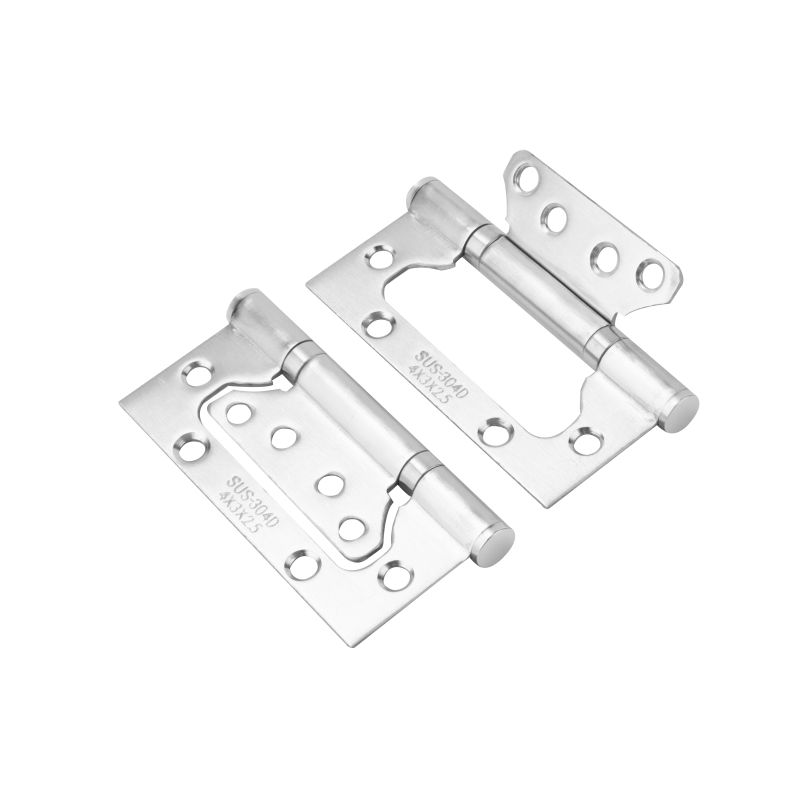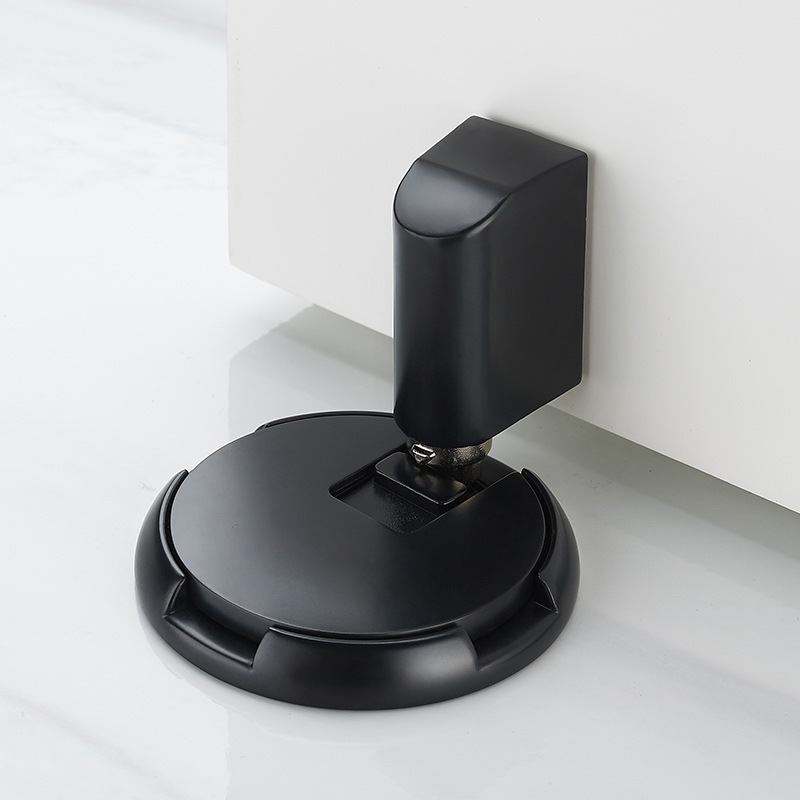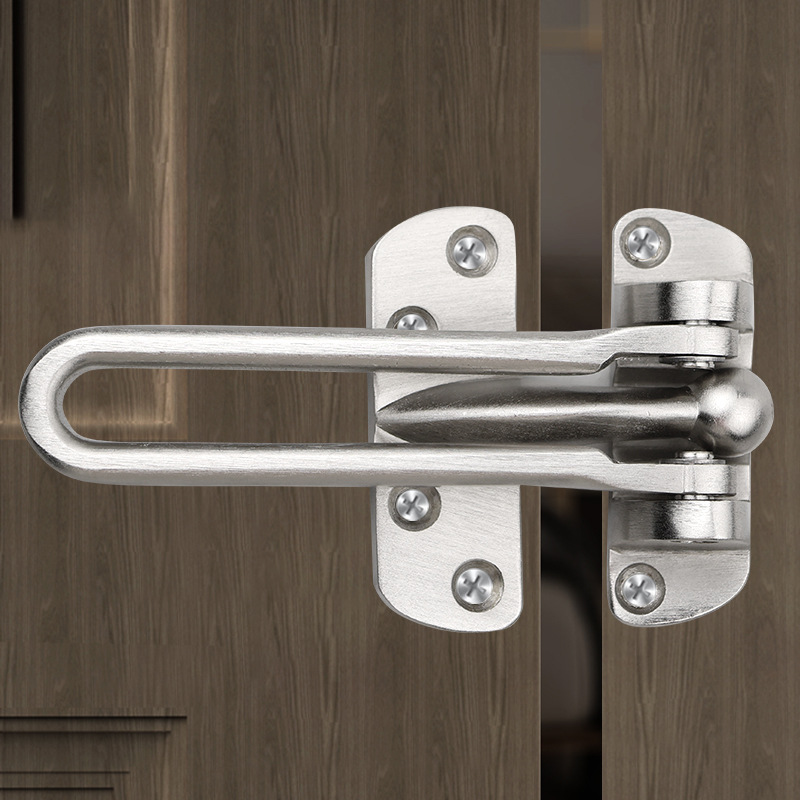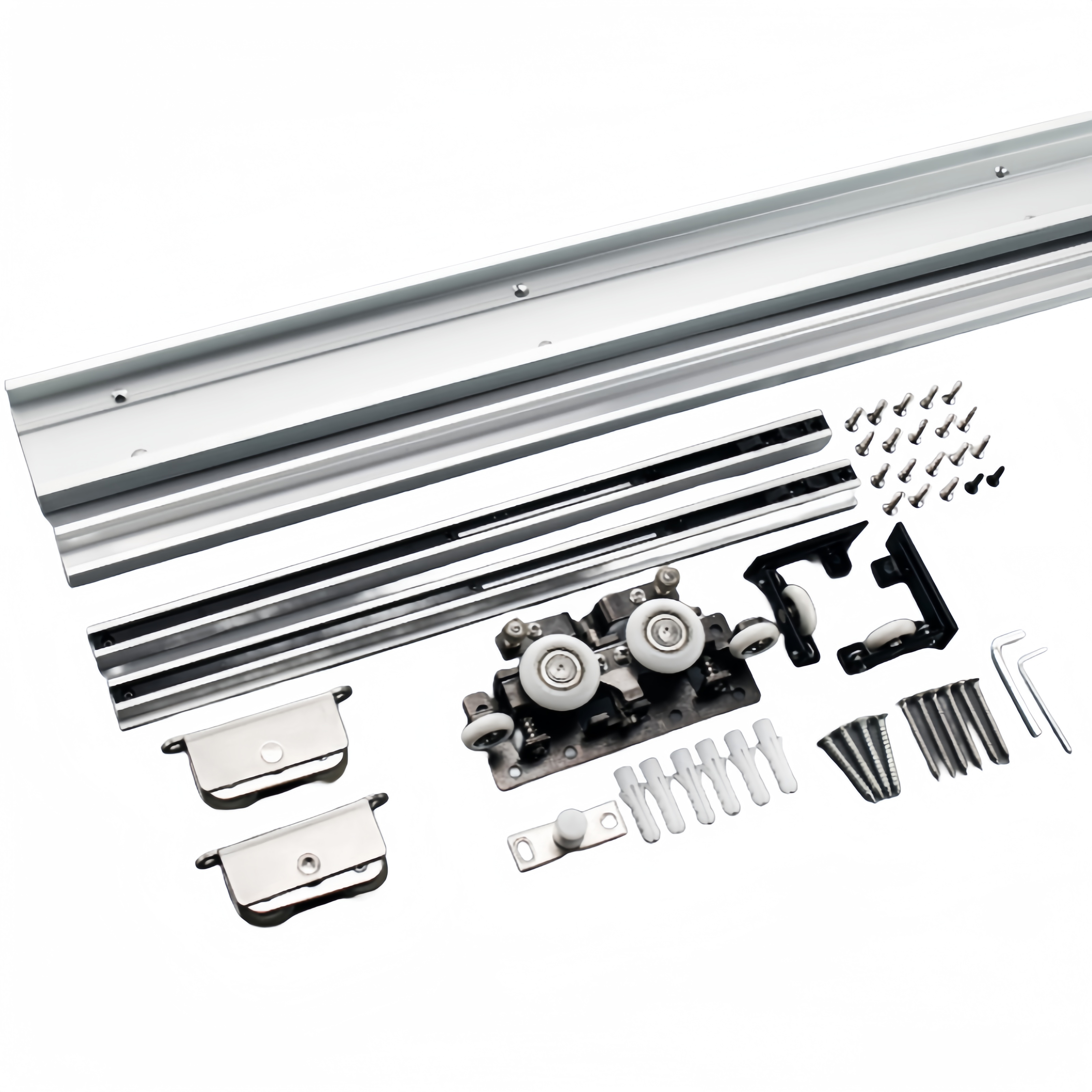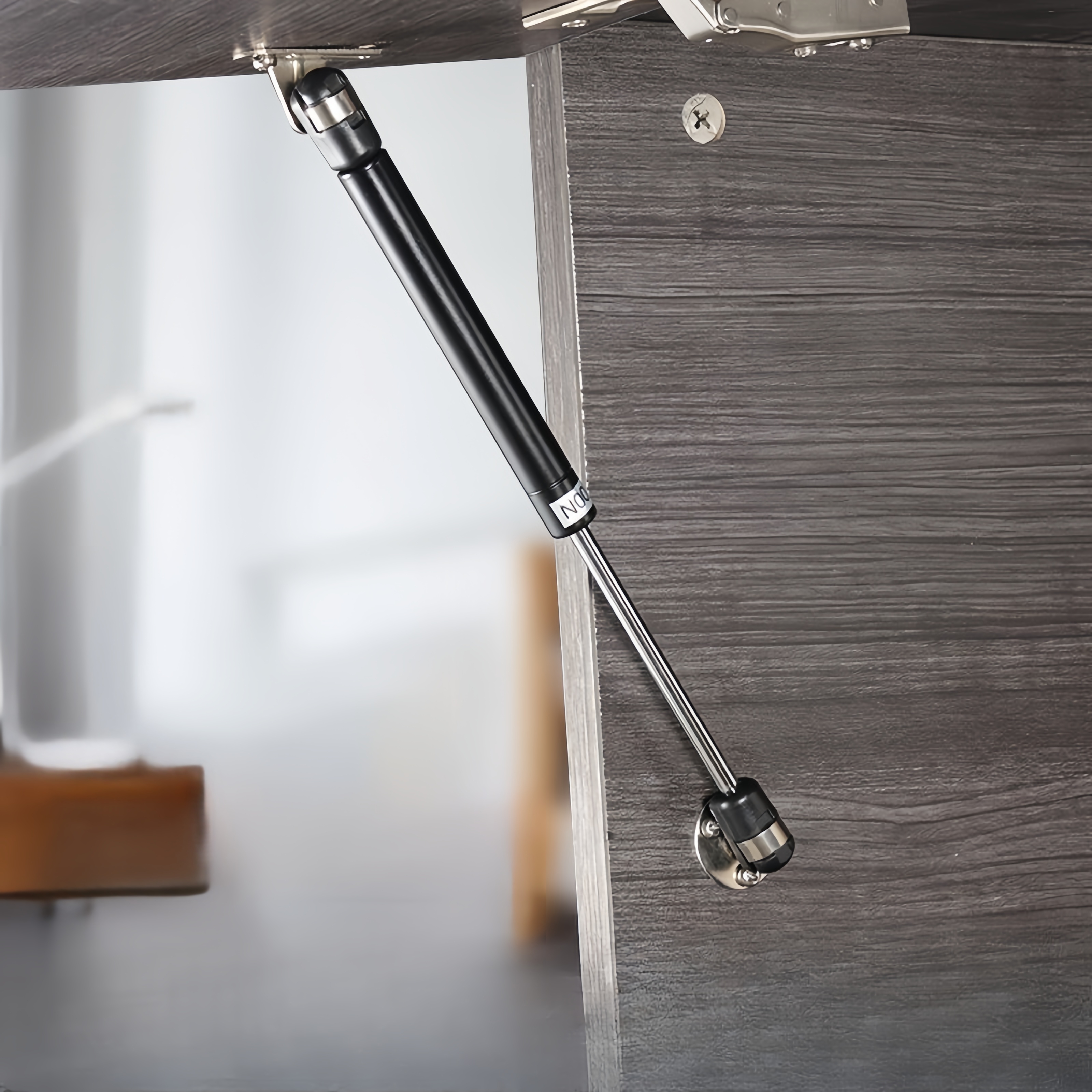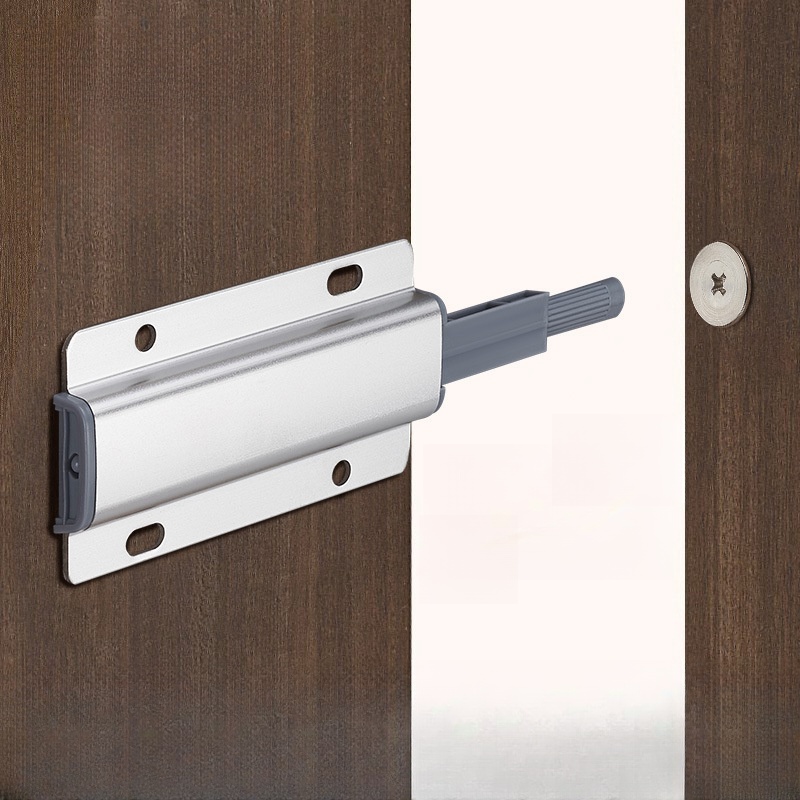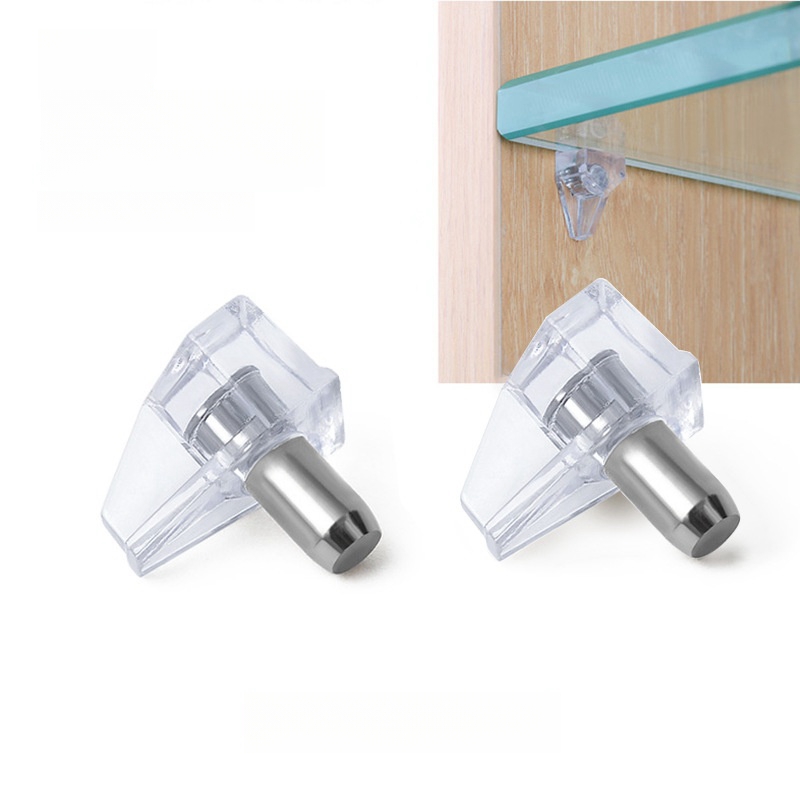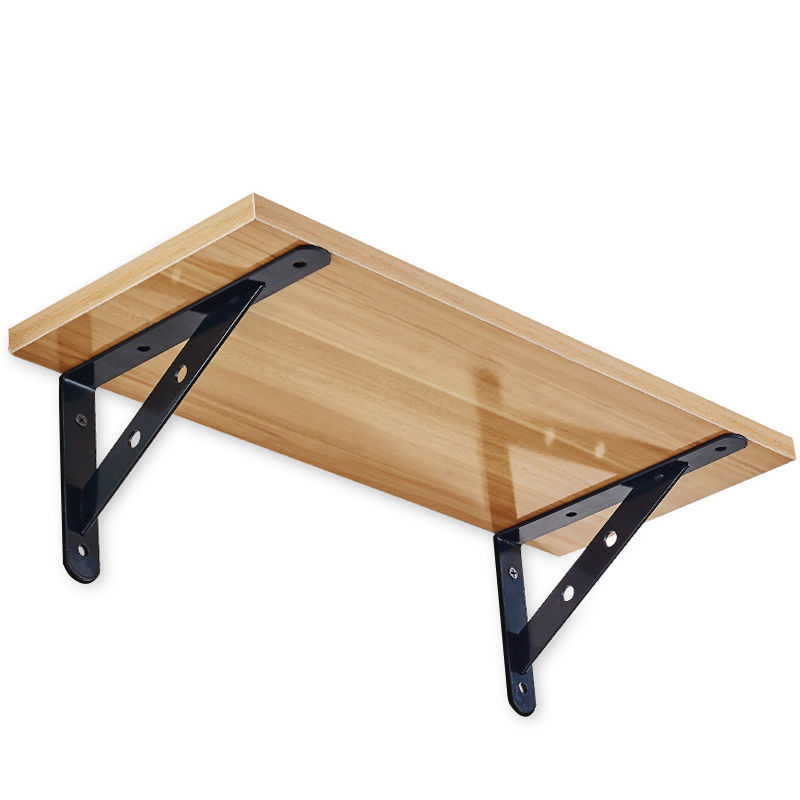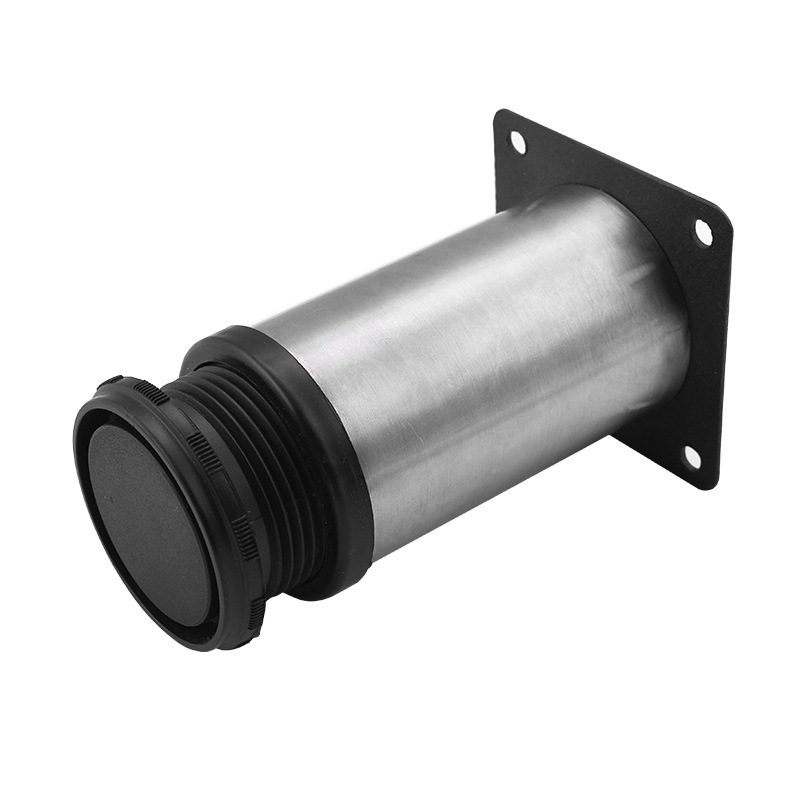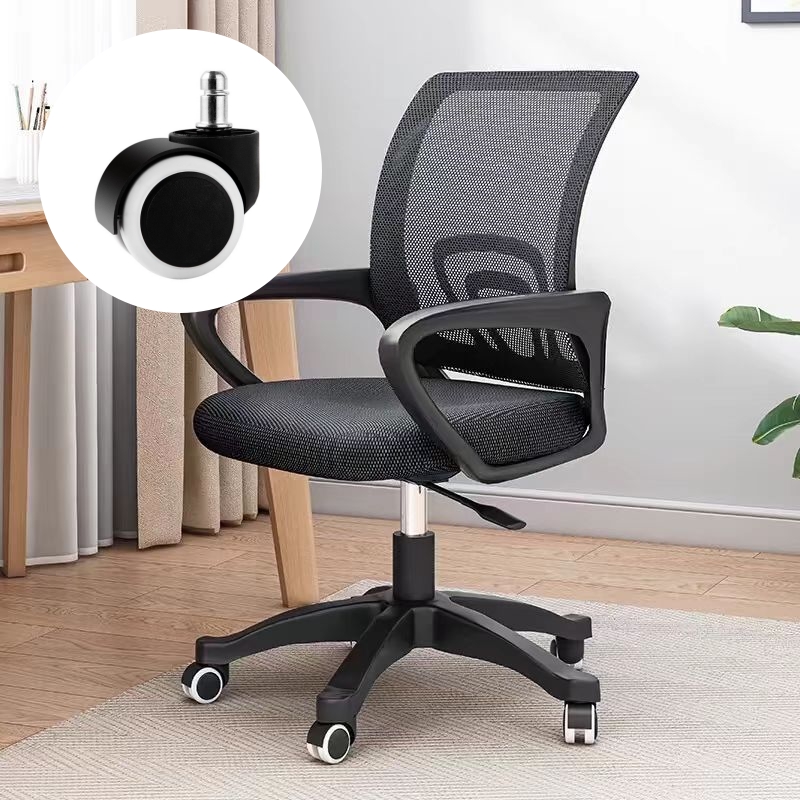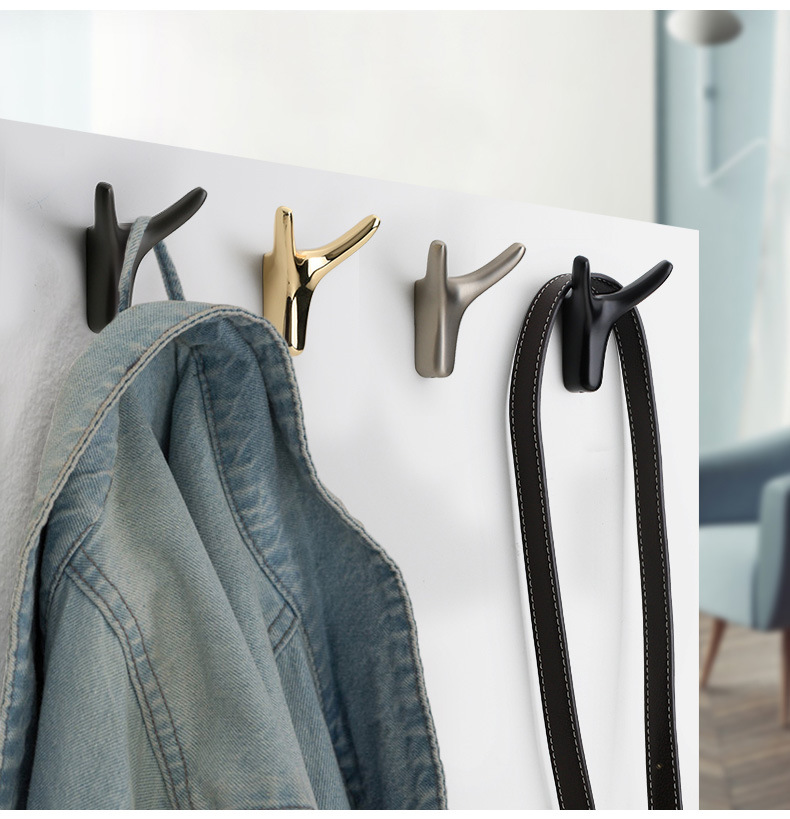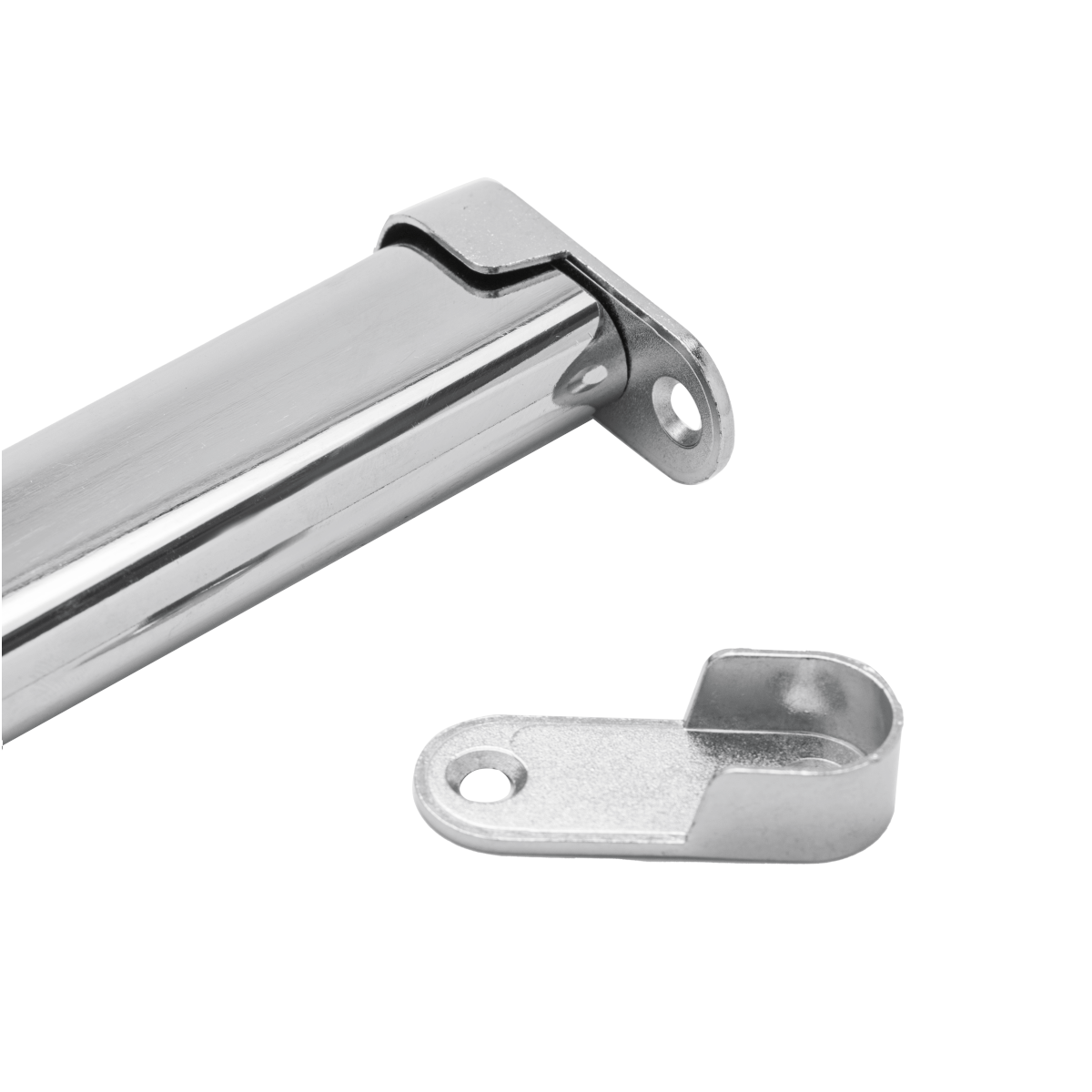
ABOUT
Guangzhou Toplink hardware Co., Ltd specialized in the production and export of furniture hardware fittings, with an experience of more than 14 years.
Our main products are drawer locks, cabinet hinges, sliding rails, cabinet handles, casters, cabinet legs and connecting fittings etc..
With a complete range of products, excellent performance and reasonable prices we have built up business with many customers all over the world.
We are committed to strict quality control and considerate customer service. We sincerely looking forward to becoming your best choice and the most reliable partner!
PRODUCTS
door lock hardware parts diagram
The Core Components: Cylinder, Latchbolt, and Deadbolt
A door lock hardware parts diagram usually begins by highlighting the three core components: the cylinder (also known as the lock cylinder or keyhole mechanism), the latchbolt, and the deadbolt. The cylinder is the heart of the lock, containing the pins and springs that interact with the key to unlock the mechanism. Its precise construction varies depending on the lock type and security level, ranging from simple pin tumbler cylinders to more complex designs incorporating anti-picking features. Understanding its internal workings is crucial for rekeying or replacing the lock cylinder.
The latchbolt is the spring-loaded bolt that retracts when the key or handle is turned, allowing the door to be opened. It's typically used for everyday convenience, allowing the door to close and latch automatically. The latchbolt is usually shorter than the deadbolt and offers less security. A detailed diagram will illustrate its mechanism, showing how it interacts with the strike plate on the door jamb. The specific materials and construction of the latchbolt also impact its durability and resistance to forced entry.
The deadbolt, unlike the latchbolt, is a more substantial bolt that extends further into the door jamb. It is designed to provide superior security, offering resistance to forced entry. It's typically operated independently via a key or a separate handle, and its robust construction makes it a significant deterrent. The diagram will clearly show the deadbolt's length and its position within the door's locking mechanism. The specific material and the shape of the deadbolt can influence its security features and its resistance to various types of attacks.
Understanding the Internal Mechanisms: Springs, Pins, and Cam
Moving beyond the main components, a comprehensive door lock hardware parts diagram will also detail the intricate internal mechanisms, particularly focusing on the components within the cylinder. These include a series of precisely engineered pins, springs, and a cam. The pins, housed within the cylinder, are aligned by the correct key. Each pin is split into two parts, and the correct key positions these pin segments at a specific height, allowing the cylinder to rotate.
The springs hold the pins in their respective positions, applying upward pressure. The interaction between the pins, springs, and the key is what determines whether the cylinder can rotate. A detailed diagram shows the precise placement and arrangement of these components within the cylinder, highlighting their crucial roles in the locking mechanism's function. Different lock types may employ variations in pin design, spring tension, and number of pins, impacting the lock's security and resistance to picking.
The cam is a crucial component that translates the rotation of the cylinder into the movement of the latchbolt or deadbolt. When the key correctly aligns the pins, it allows the cylinder to rotate, activating the cam. This cam then interacts with the latchbolt or deadbolt, causing it to retract or extend. The diagram visually represents this interaction, demonstrating how the cam's shape and position are critical for the proper functioning of the locking mechanism. A misaligned cam can result in lock malfunction.
Exterior Components: Handles, Knobs, and Strike Plates
A complete door lock hardware parts diagram will also include the external components, those visible on the door and door jamb. These include the handles, knobs, and strike plates. The handles or knobs provide the user interface for operating the lock, either by turning a knob or using a lever handle. The diagram will clearly show how these components connect to the internal mechanisms, such as the latchbolt release mechanism.
The strike plate, located on the door jamb, is a crucial component that receives the latchbolt and deadbolt. It's securely mounted to the door frame and provides the necessary support and alignment for the bolts. The diagram illustrates the exact position and dimensions of the strike plate, ensuring proper installation and alignment. The material and construction of the strike plate directly influence the lock's security and its resistance to forced entry.
Variations and Types: Understanding Different Lock Mechanisms
Door lock hardware parts diagrams will differ depending on the type of lock. A simple lever handle lock will have a simpler diagram than a multi-point locking system, which includes several locking points along the door frame for enhanced security. Understanding these variations is key to effective repair and installation. A diagram of a rim lock will differ substantially from that of a mortise lock, highlighting the different methods of installation and internal mechanisms. These diagrams offer valuable insights into the specific components and their interactions in each lock type.
Moreover, diagrams might also illustrate different keyways and security features incorporated into the cylinder, such as anti-picking pins or countermeasures against bumping. These variations significantly impact the security level of the lock. By studying these detailed diagrams, one can gain a deeper understanding of the vulnerabilities and strengths of different lock mechanisms and choose the most appropriate lock for their specific security needs.
In conclusion, a door lock hardware parts diagram serves as a crucial visual aid for understanding the complex interplay of components within a door lock. By meticulously studying these diagrams, individuals can gain a comprehensive understanding of lock function, repair procedures, and enhance their appreciation for the engineering behind these everyday security devices.
SUBSCRIBE
INQUIRY
